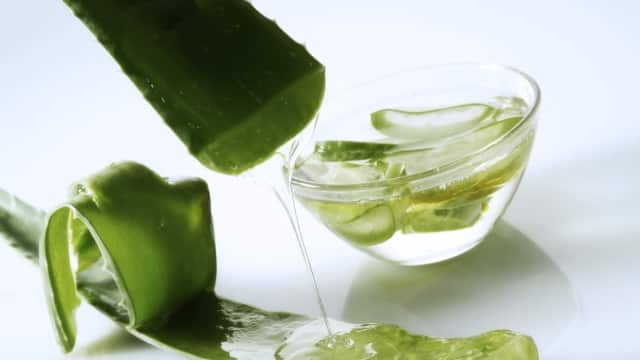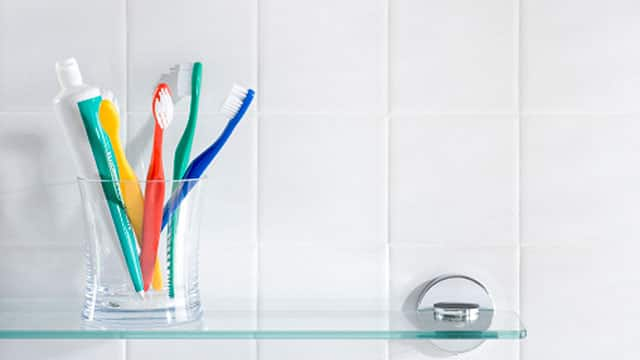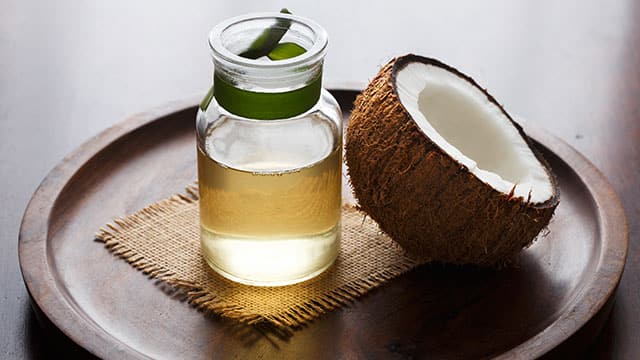Be Extra Diligent About Oral Hygiene With Braces
You’ve made a wise choice to improve your smile with braces. Momentum is on your side and now is an excellent opportunity to build a healthy routine for your dental hygiene. Habits you establish today caring for your braces can carry over after being removed and help you for the rest of your life!
Braces present unique challenges when cleaning your teeth, gums, and mouth. These dental appliances make it hard to reach some areas with your toothbrush or floss. On top of that, the braces can make it easier for food matter to get stuck in your mouth. Together, these factors mean it can be easier for plaque to grow from trapped food and that your teeth will require more attention for thorough cleaning.
If not adequately removed by cleaning, plaque can lead to tooth decay and gingivitis (inflamed gums). Because of this risk, it’s especially important to care for your dental health when you have braces.
Helpful tip: The pieces of your braces connected to your teeth are called brackets, and the connecting cables are known as archwires.
How to Clean Your Teeth With Braces
Caring for your smile with and without braces is very similar. Those with braces should pay extra attention to ensure they thoroughly remove plaque and food matter when cleaning. You may also find it more challenging to get a perfect clean than you did before braces because of the brackets and wires covering your teeth.
Extra dental hygiene tips for those with braces:
- Proper brushing technique: Brush gently for two minutes twice a day using a soft-bristled toothbrush. Hold the brush at a 45-degree angle and use small circular motions pressing on the fronts and then backs of your teeth.
- Rinse regularly: It’s vital to rinse as part of your routine with mouthwash, mouth rinse, or tap water. Rinsing after meals and before brushing will help remove any food that gets stuck in your teeth or braces.
- Limit hard, sticky or crunchy foods: These items can get stuck in your braces, damage them and lead to extra plaque buildup.
- Avoid smoking: Cigarettes and tobacco products can stain teeth, cause difficulty in fixing cosmetic problems and other dental problems.
The Braces Toolbox
Even though there’s no magic solution to clean your teeth when you have braces, there are specialized brushes and other tools and tips to make your life easier.
If it’s stressful to think about cleaning, remember that many others have had success with braces, and professionals are there to help. If you have difficulty with your dental routine with braces, be sure to schedule an appointment with your dentist or orthodontist for advice.
Helpful tools for cleaning your mouth with braces:
- Orthodontic toothbrush: Those with braces may find that a toothbrush designed to navigate their braces makes it easier to clean their teeth. Specially shaped bristles, a narrow neck, and a strong grip are qualities you should look for when selecting a brush to clean around your wires and brackets.
- Interdental brush: This helpful tool cleans difficult-to-reach places and comes in various shapes. According to Clinical Oral Investigations, all of the shapes were effective in the removal of plaque.
- Floss or a flossing device: Flossing devices are excellent at cleaning plaque between teeth and removing food. If you’re going to use floss with your braces, we recommend using a floss threader.
- Professional appointments: We recommend regular visits to a dentist or dental hygienist to help avoid tooth decay or gingivitis.
- Mirror: Being able to see your reflection in a mirror (or selfie camera on your smartphone!) will help ensure you didn’t miss anything.
- Non-whitening toothpaste: We recommend skipping whitening toothpaste as it will not whiten the area behind your brackets. Whitening could cause a color difference in the enamel after removing your braces.
You’re doing a fantastic job keeping ahead of any potential problems by researching how to care for your teeth with braces. You now have an array of specialized tools and skills in your arsenal to maintain your smile. Stay diligent with your dental routine and avoid bad habits to keep your teeth and braces in top shape.
This article is intended to promote understanding of and knowledge about general oral health topics. It is not intended to be a substitute for professional advice, diagnosis or treatment. Always seek the advice of your dentist or other qualified healthcare provider with any questions you may have regarding a medical condition or treatment.
ORAL HEALTH QUIZ
What's behind your smile?
Take our Oral Health assessment to get the most from your oral care routine
ORAL HEALTH QUIZ
What's behind your smile?
Take our Oral Health assessment to get the most from your oral care routine















